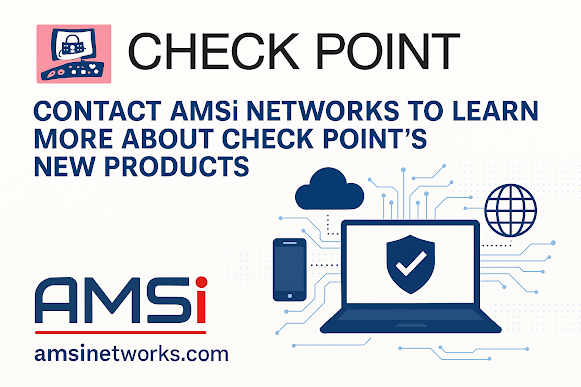Why Businesses Are Switching to Check Point: Discover the New AI-Powered Security Suite!

As cyber threats evolve , businesses are reevaluating the tools they rely on. With the rise of GenAI-powered attacks , zero-day exploits , and quantum-era risks , it's no surprise that many organizations are now making the switch to Check Point . Now, Check Point has released a suite of next-generation cybersecurity solutions —built for performance, simplicity, and unmatched protection. Here's what’s new: What’s New from Check Point: Infinity Spark – All-in-One SMB Protection Designed for small to mid-sized businesses, Infinity Spark offers: Unified security for endpoints, email, mobile, and network Built-in AI threat prevention Easy setup, centralized management It’s perfect for companies tired of juggling multiple tools from various vendors. Spark simplifies your stack without compromising protection. Quantum Force Gateways – Performance + Precision Check Point’s newest line of Quantum Force firewalls delivers: 4x faster threat prevention 99.8% malware b...





